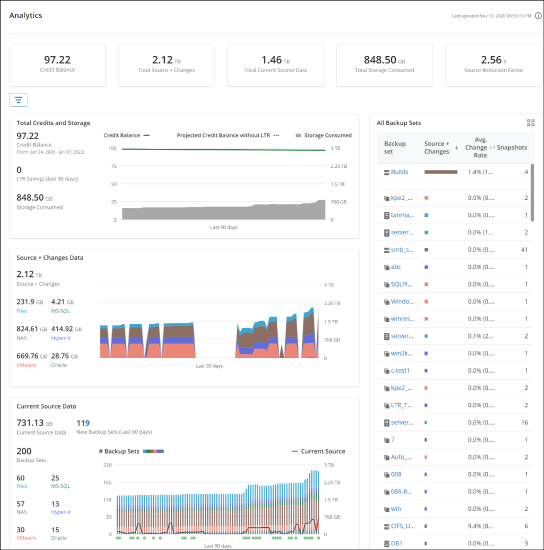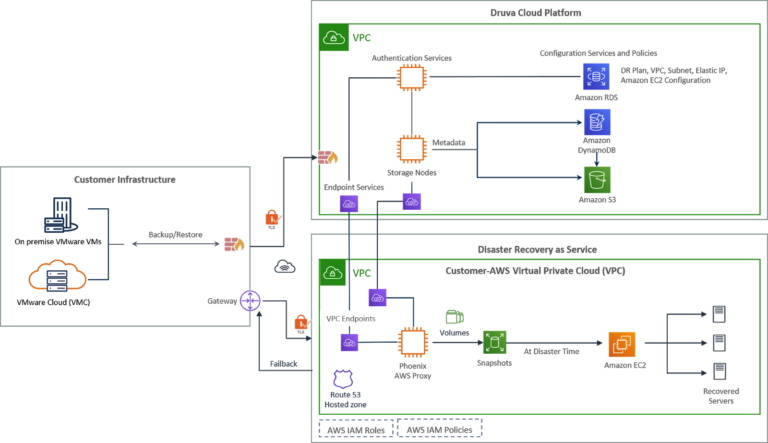With the month of January come and gone, we’re officially into 2021. While many of us might prefer to forget much of 2020, it’s also important to remember our successes and accomplishments. This past year, Druva’s product and engineering teams announced and delivered a number of new features and improvements to help organizations better protect and recover workloads in hybrid cloud environments. As many readers know, what makes SaaS data protection (or backup-as-a-service – BaaS) different from typical software product updates is the ability to deliver not just new functionality, but improved experiences on a monthly basis, without the baggage of software or hardware upgrades.
This is the first blog in the “What’s new” series summarizing updates to Druva’s product portfolio, and will focus on the last four months. This edition features enhancements for data center workloads, and is organized into three categories – simplicity-experience, workloads-scale, and security-resiliency.
Simplicity and experience
A well-designed SaaS experience just works. Our user experience (UX) and engineering teams focused on the core administrative experience, as well as specific workloads including the following enhancements:
- Administration – configure administrator roles and allocate costs efficiently
- Analytics page – provide more data at your fingertips without clutter
- VMware – simplify access and context for job information
- Druva smart scan (for files and NAS) – simplify the experience
- SQL workloads – create a faster and more intuitive experience
- Oracle Enterprise Manager (OEM) integration – increase functionality
In January 2020, our UX team made improvements around VMware. The VMware update provides new access points for job information (reducing clicks), new filter types (e.g. filtering jobs by vCenter), and a cleaner experience when viewing job summary and log details.
We love the refresh for SQL workloads. It provides a faster and more intuitive engagement. Microsoft SQL is the second most popular relational database after Oracle, and an important workload for our existing (and future customers). Check out this five-minute demo video on our SQL page highlighting the latest UX and some of our capabilities.
In October 2020, Druva announced cloud data protection for Oracle, specifically an upcoming and new capability called Oracle direct-to-cloud. While this new approach expands how we meet customer needs, we continue to improve our existing agentless approach. Specifically, we integrated with Oracle Enterprise Manager (OEM) to allow customers to configure their Phoenix backup store within OEM, simplifying database backup management for Oracle RMAN database hosts in data centers and in the AWS Cloud. If you’re unfamiliar with our impressive Oracle capabilities, watch our resident expert give a brief five-minute tour, and read the Oracle blog series for more information.


